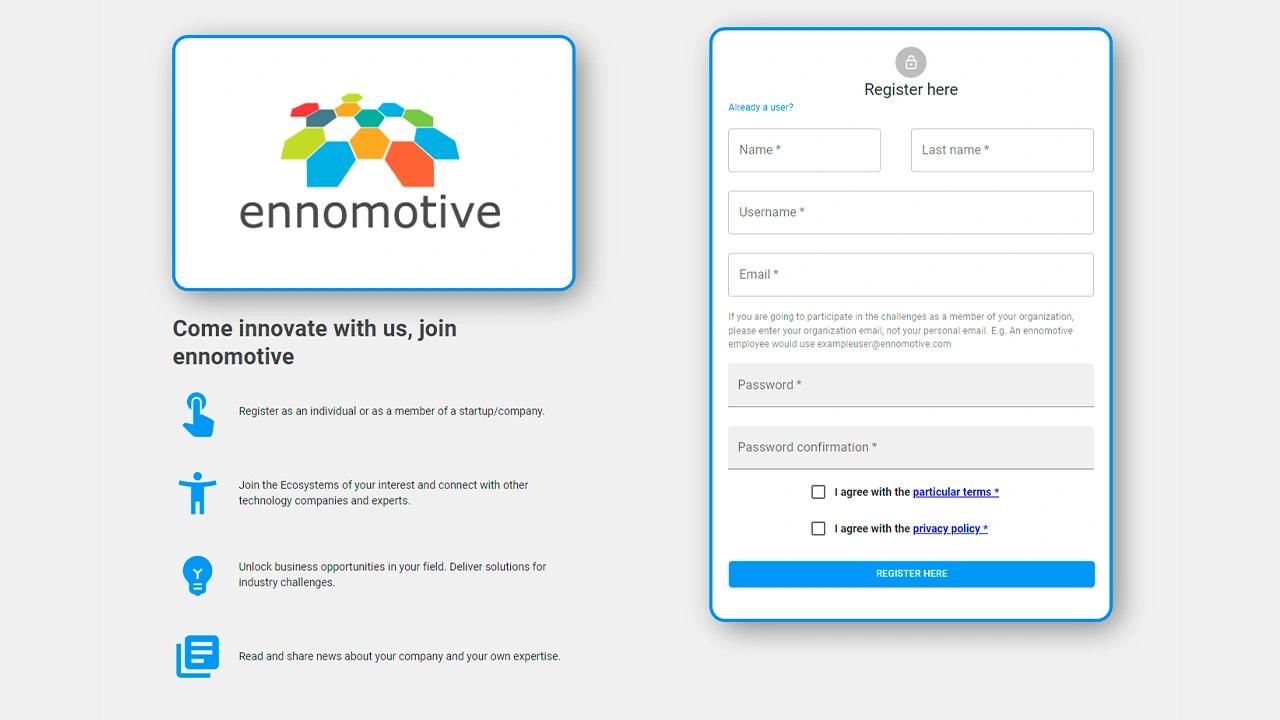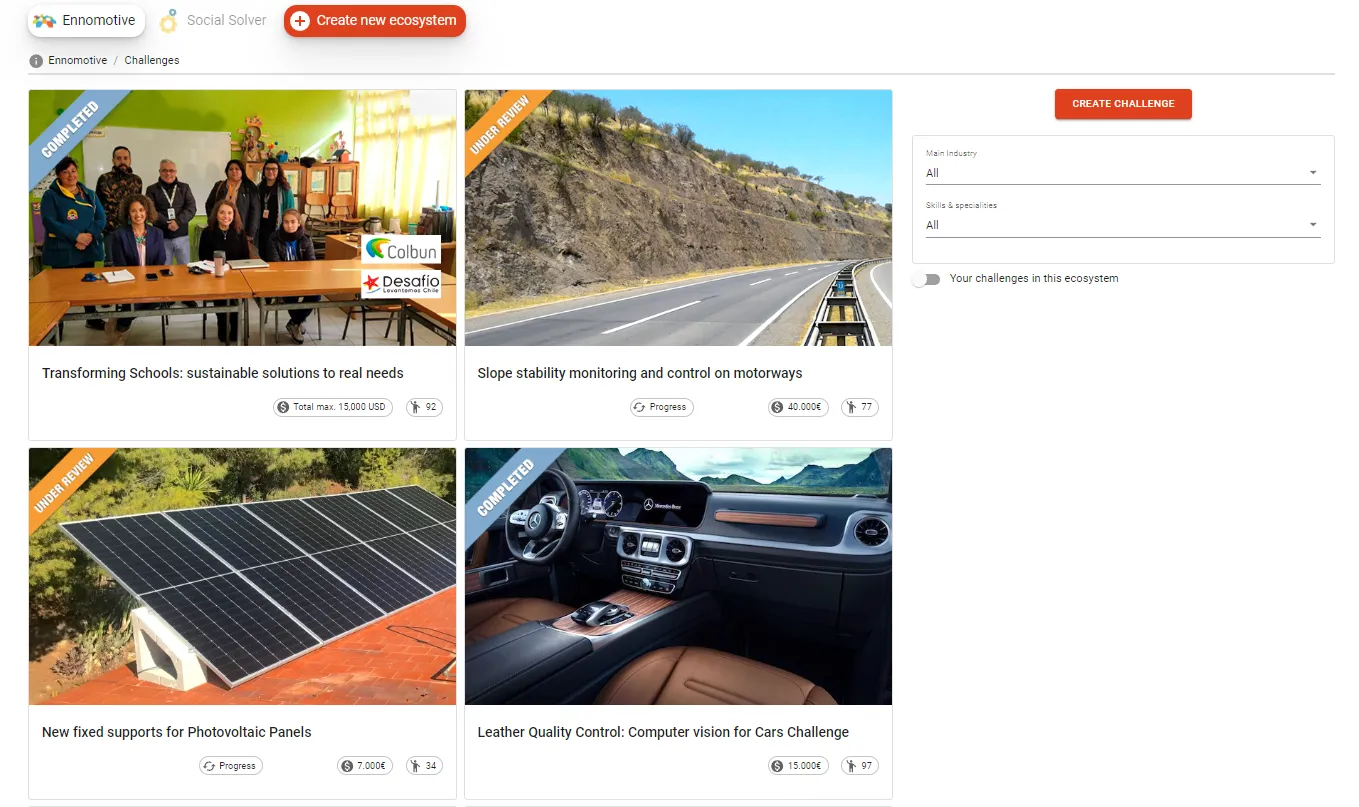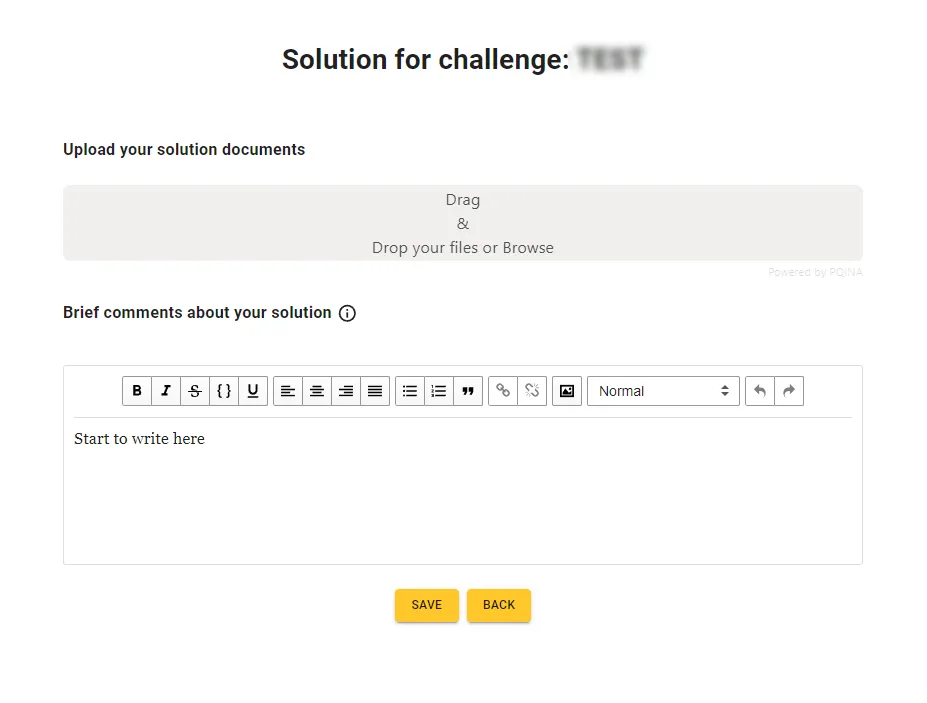Background
Due to the current pandemic caused by the fast spreading of the COVID-19, there is an increasing need of ventilators for the most serious cases.
Following the progression of the disease, the number of infected patients grows in many countries so fast it doubles every 3 days.
Since 20% of them are hospitalized and 5% need admission in an ICU, the demand for ventilators is extremely high.
The challenge
No healthcare system is prepared for such high demand, so the rapid manufacturing of ventilators for hospitals everywhere is rather urgent.
Current ventilator models are complex and costly, and the number of manufacturers is limited. Therefore, it is not possible to supply the needed amount in the short-term.
Multiple initiatives have been kicked off globally as an attempt to solve this challenge. Their common goal is, within their reach, to come up with a complete or partial solution that may help.
In this sense, minimum requirements have been set in order for the ventilators to work properly on a COVID-19 patient. Even though there are different criteria out there, we only provide you with one approach (see annex1).
Other resources to find more information:
- English: https://docs.google.com/document
- Spanish (used for annex1): https://foro.coronavirusmakers.org
- Ventilator component breakdown (not all of them are required) English: https://ventilator.herokuapp.com
What we are looking for
According to our experience, we consider the best approach for a low cost, easy (and fast) to build solution would be:
- Through the adaptation of standard industrial components, widely used.
- And/Or through using other everyday-life objects whose availability is fast, easy, and universal.
There are multiple ventilator models, both industrial and university designs and prototypes. ennomotive believes it would be quicker to focus on some of them and observe the quickest way to manufacture it, making the necessary modifications and adaptations.
ennomotive encourages you to, through our tool for question-making, send links and descriptions that help other participants.
Evaluation Criteria
Solutions will be evaluated by the participants following these evaluation criteria, in this order of importance:
- Comply with the minimum requirements
- Reliability of the ventilator
- Easy to build
- Component availability
- Low cost
- Easy to clean/sterilise
Deliverables
This is a one round challenge:
Submit a PDF that includes the following:
- Brief description of the proposed solution, including a short specification of the equipment, materials, operating regime, etc.
- Sketches, plans, 3D models, images, etc.
- Feasibility solutions (if any).
- Estimated cost per ventilator, if possible.
Please, submit a description of your solution structured in paragraphs (avoid long texts), and include an index and lists. This way, part of your solution may be used to build a different one.
Support your solution with images, sketches or diagrams. This will help us understand your solution better.
Timeline
1st round – 1 week + 2 days for evaluation by participants
Solutions and results will be published right after, and a new round will be open to work on improvements.



